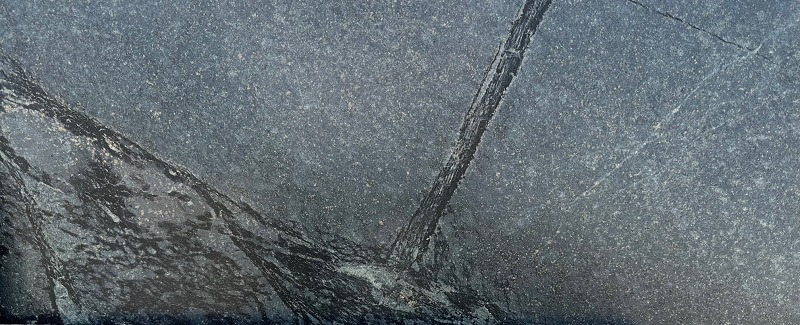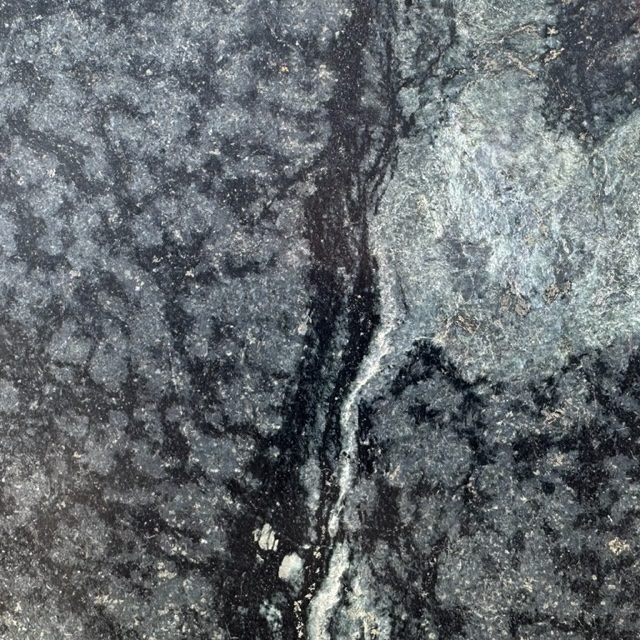When renovating a kitchen or choosing fixtures for a new home, one of the decisions that might not seem major at first but has significant practical implications is the thickness of your stainless-steel kitchen sink’s metal. This is typically measured in gauge, with common options being 16-gauge and 18-gauge. Understanding the differences between these two can help you make an informed choice that balances durability, aesthetics, and cost. Here’s a detailed look at the pros and cons of 16-gauge and 18-gauge kitchen sinks.
What does “Gauge” mean?
In metal, the gauge refers to the thickness. A lower gauge means thicker metal, so a 16-gauge sink is thicker than an 18-gauge sink. The thickness affects several aspects of the sink’s performance and durability.
16-gauge Kitchen Sinks
- Durability: 16-gauge sinks are generally more durable than 18-gauge. The extra thickness provides resistance to dents and physical damage, which is a plus for a busy home.
- Noise Reduction: Thicker metal tends to absorb vibration better, which means less noise when you’re washing dishes.
- Quality of Feel: A thicker sink often feels more solid and less ‘tinny’ when tapped or used, contributing to a perception of higher quality and robust construction.
- Cost: Because they use more material, 16-gauge sinks are more costly than 18-gauge sinks. This can be a significant factor if budget constraints are tight.
18-gauge Kitchen Sinks
- Cost-Effective: These sinks are typically less expensive than thicker models, making them a more budget-friendly option for homeowners.
- Wide Variety: Because 18-gauge sinks are more common, there’s usually a wider variety of styles and sizes available, making it easier to find one that fits your kitchen’s design.
- Less Durable: Thinner metal can be more prone to denting and bending, especially under the impact of heavy kitchen use.
- More Noise: An 18-gauge sink will generally be noisier than a 16-gauge one, as it is less capable of dampening the sound of running water and clanging dishes.

Making the Right Choice
The decision between a 16-gauge and an 18-gauge kitchen sink often comes down to personal preference and practical considerations like your budget and kitchen usage. If durability and quality are your top concerns a 16-gauge sink might be the best choice. However, if you’re looking for a cost-effective option and are willing to compromise slightly on durability and noise, an 18-gauge sink would suffice.
Need more information about stainless-steel sinks? Exquisite Stone stocks many options to fit any space from the basement wetbar to the kitchen to the coffee nook in the study. Stop by today to check out our variety and get started on your next countertop project!






